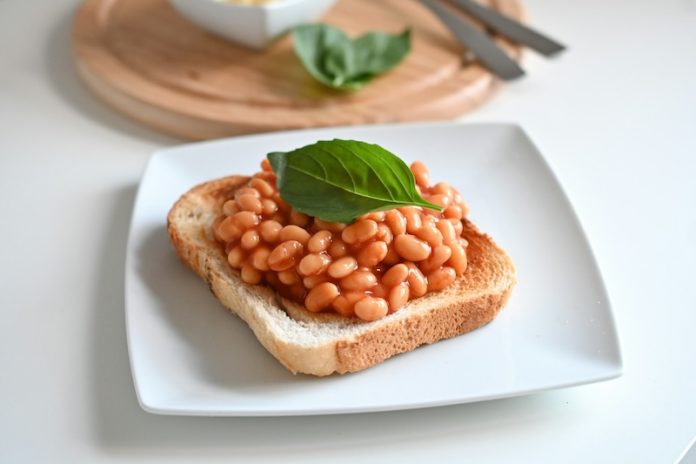
A groundbreaking study in the journal Nutrients has revealed the substantial health benefits of incorporating pulses—such as dry peas, lentils, chickpeas, and beans—into the American diet.
This research contributes to the growing evidence supporting pulses as a key component of a nutritious diet.
Significant Nutritional Enhancements
The study focused on the effects of replacing typical protein sources and refined grains with pulses, while maintaining consistent calorie levels in diets based on the Healthy U.S.-Style Dietary Pattern from the 2020-2025 Dietary Guidelines for Americans.
The findings were remarkable:
Substituting about ¼ cup of pulses per day for one ounce of common protein foods boosted fiber intake by over 10% and reduced cholesterol levels significantly.
Replacing ½ cup of pulses daily for one ounce of refined grains, without changing calorie intake, increased fiber, magnesium, copper, and potassium by more than 10%.
Pulses: A Nutrient Powerhouse
Victor Fulgoni III, PhD, from Nutrition Impact, LLC, emphasized the effectiveness of increasing pulse consumption for improving nutrient intake and achieving healthier dietary patterns.
Pulses are not only excellent sources of fiber and folate but also provide substantial amounts of plant protein and potassium.
The inclusion of pulses in diets has been associated with multiple health benefits, including:
- Cardiovascular health improvements
- Metabolic and gut protective effects
- Enhanced weight management
- Reduction in low-grade inflammation
- Potential roles in managing immune-related diseases
Organizations like the American Heart Association advocate for more plant-based proteins and fewer animal proteins to mitigate risks of heart disease, hypertension, and high cholesterol.
Tim McGreevy, CEO of the USA Dry Pea and Lentil Council and American Pulses Association, highlights pulses as a nutritional powerhouse, rich in fiber, plant protein, and essential macronutrients.
Efforts are underway to raise awareness about the benefits of regular pulse consumption.
Global Recognition in Dietary Guidelines
Pulses’ nutritional value is so significant that they are included in the vegetable and/or protein food groups, or as a separate food group in dietary guidelines worldwide.
The Dietary Guidelines for Americans 2020 – 2025 and the USDA’s Choose My Plate consider beans, peas, and lentils as part of both the vegetable and protein groups.
If you care about nutrition, please read studies that vitamin D can help reduce inflammation, and vitamin K may lower your heart disease risk by a third.
For more information about nutrition, please see recent studies about foods that could sharp your brain, and results showing cooking food in this way may raise your risk of blindness.
Copyright © 2023 Knowridge Science Report. All rights reserved.



